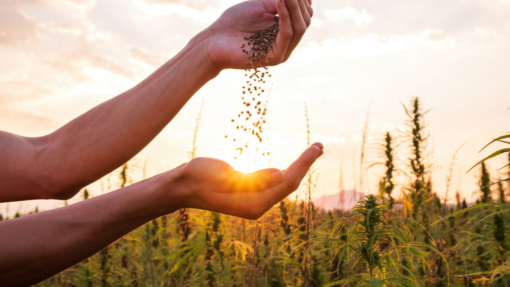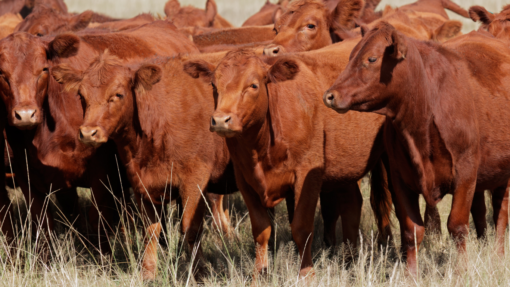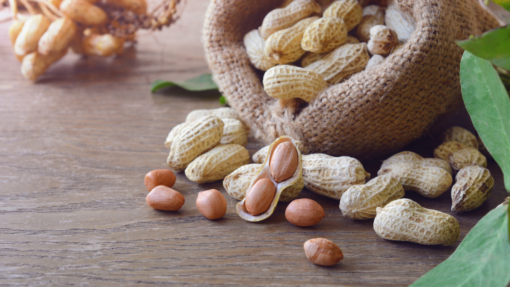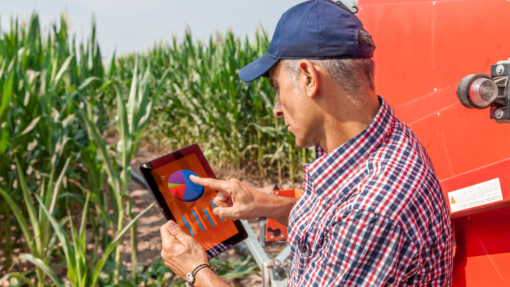Agriculture has experienced a significant amount of change in both crop prices and input prices in the last couple of months. These changes can make it difficult for producers to determine which crop is going to be the most profitable for their situation. When deciding between two different crops a producer should examine what the costs of production for those two systems would be, along with their respective yield potential and crop price. Yield can vary from year to year so evaluating over a range of yield outcomes can give a better idea of how optimal crop choice could change as well.
Figure 1 is an example output from the Net Returns Comparison Calculator developed at Mississippi State, showing the difference in net returns between an irrigated corn system and an irrigated soybean system across a range of yield outcomes. Returns were compared using costs of production from the Mississippi State Enterprise Budgets and prices of $6.00/bu for corn and $14.68/bu for soybeans. Corn is shown to have higher returns than soybeans at most of the yields examined. Soybeans have higher returns than corn when soybean yields are relatively high. In this situation the producer can see that corn will generally be the more profitable option, unless they have a field that historically produces high yielding soybeans and low yielding corn. These results will change as prices and input costs change. For example, a fertilizer price increase would negatively impact corn more than soybeans, making soybeans more competitive.
The results shown in Figure 1 are not going to be the same for every producer. Every producer has their own unique costs and yield potential. It is important for them to evaluate their crop choices given their own situation. The Excel tool used to create Figure 1 can be found at https://www.agecon.msstate.edu/whatwedo/budgets.php (select and download the Net Returns Comparison Calculator). Users can compare net returns between various crop production practices for corn, cotton, rice, and soybeans. This tool can even be used for enterprises outside of Mississippi as users can customize the budgets to reflect their own farm’s costs, yields, and prices received. The more information collected on costs of production the more accurate these comparisons will be and ultimately the more informed decision on which crop is going to be the most profitable.
Figure 1. Comparison of Net Returns between a Corn and Soybean Production System with MSU Net Returns Comparison Tool
Difference in Returns Between Corn and Soybeans $/ac
Corn Yields bu/ac
| 190 | 200 | 210 | 220 | 230 | 240 | 250 | |
| 45 | $ 246 | $ 303 | $ 361 | $ 419 | $ 476 | $ 534 | $ 592 |
| 50 | $ 173 | $ 231 | $ 289 | $ 347 | $ 404 | $ 462 | $ 520 |
| 55 | $ 101 | $ 159 | $ 217 | $ 275 | $ 332 | $ 390 | $ 448 |
| 60 | $ 29 | $ 87 | $ 145 | $ 202 | $ 260 | $ 318 | $ 376 |
| 65 | $ (43) | $ 15 | $ 73 | $ 130 | $ 188 | $ 246 | $ 304 |
| 70 | $ (115) | $ (57) | $ 1 | $ 58 | $ 116 | $ 174 | $ 231 |
| 75 | $ (187) | $ (129) | $ (71) | $ (14) | $ 44 | $ 102 | $ 159 |
Note: Any value in white, corn has higher returns than soybeans. Any value in red, soybeans has higher returns than corn
Mills, Brian E. . “Crop Returns Comparison“. Southern Ag Today 2(13.3). March 23, 2022. Permalink






